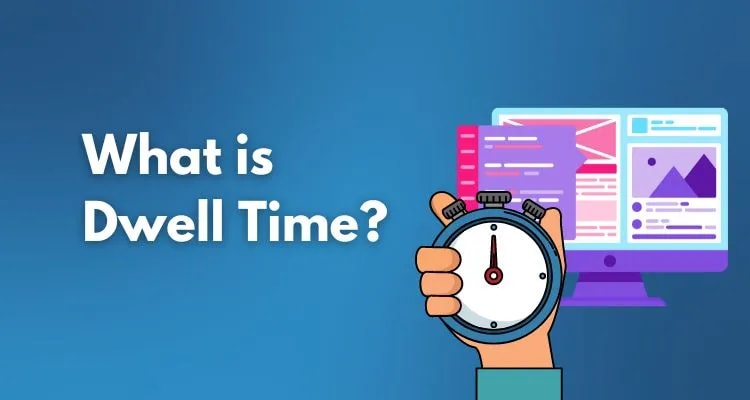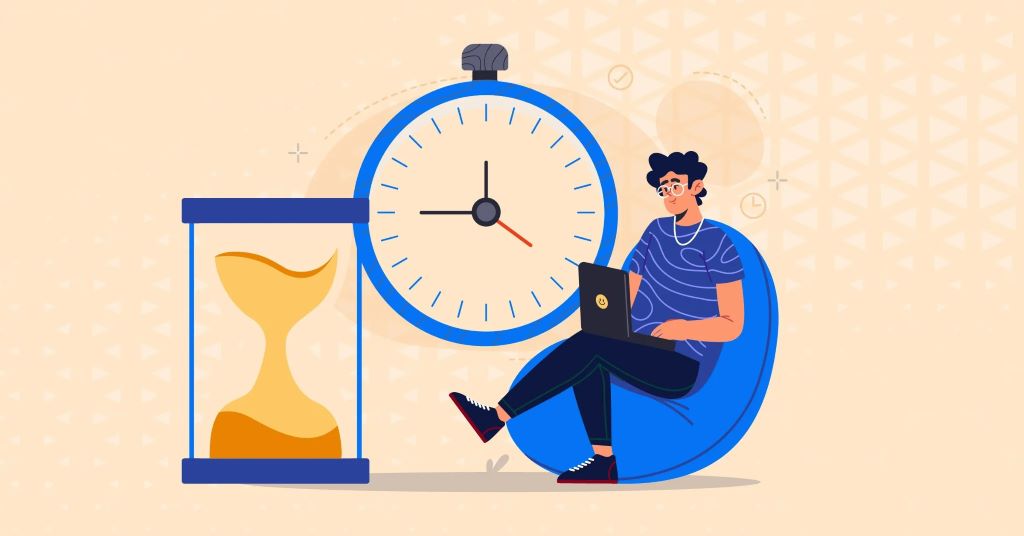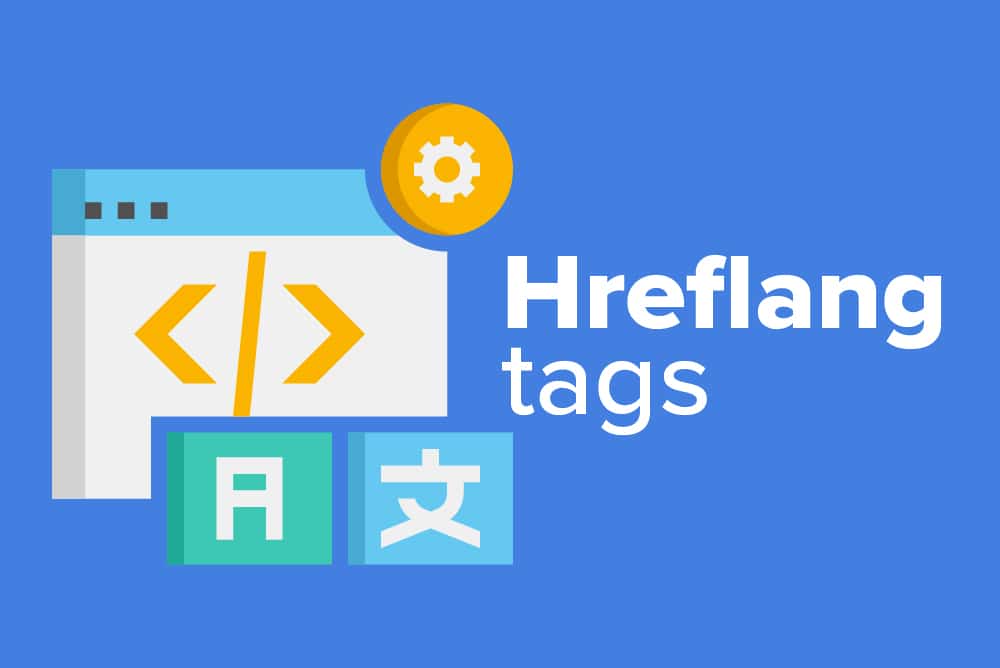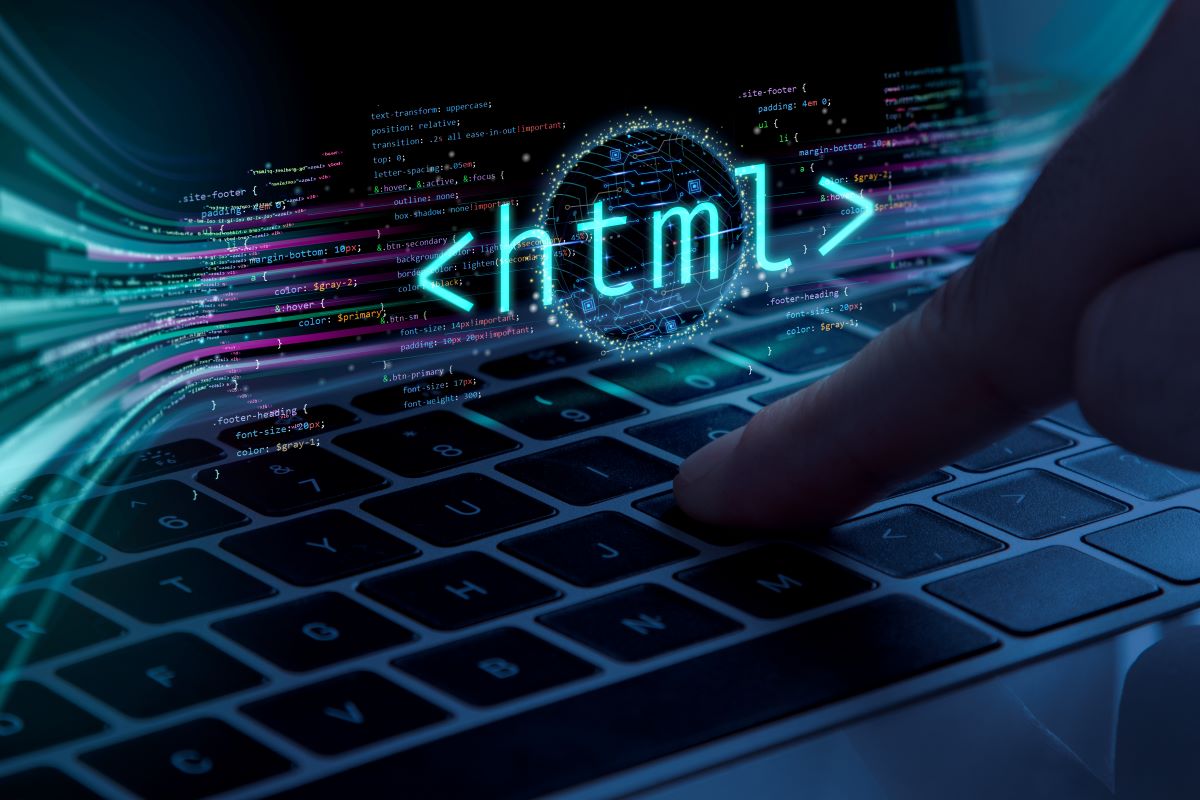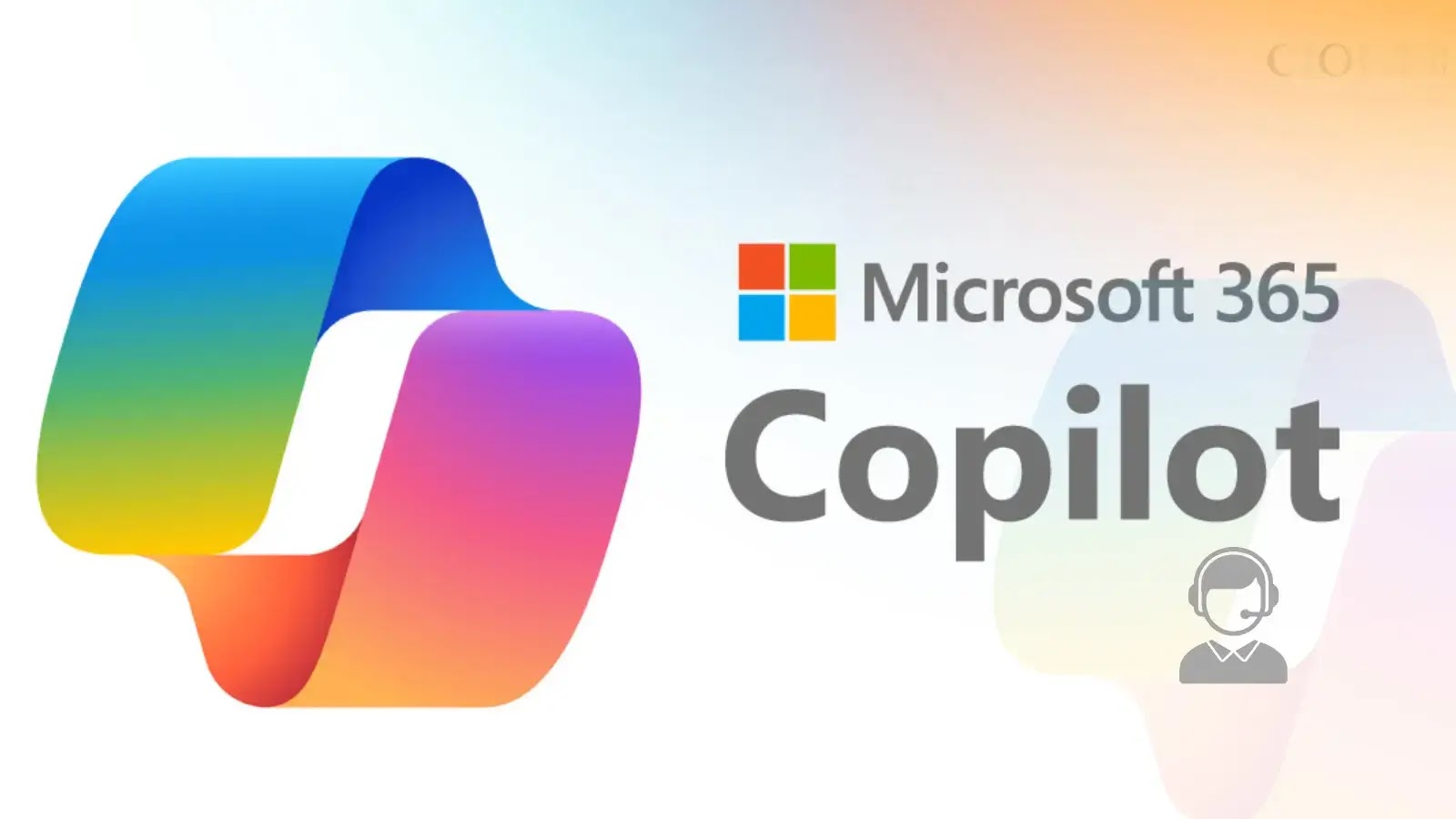📊 Bounce Rate and Dwell Time in 2025-2026: How these metrics affect Google rankings in simple terms
🎯 Imagine: your site is in the TOP-10, CTR is 9-12%, you are happy with life... and then after the Core Update of August 2025, the positions fall to 2-3 pages. 📉 You check everything - backlinks are in place, content is fresh, Core Web Vitals are green. 🟢 And the reason is simple: Bounce Rate is 76%, and Dwell Time is a miserable 19 seconds. ⏱️ Google has decided that your content is not useful. 💡 Spoiler alert: in 2025-2026, Dwell Time will become one of the strongest ranking signals, and Bounce Rate will no longer be the "horror story" it was in 2015. 👻
⚡In Brief
- ✅ Bounce Rate is no longer a direct ranking factor. Google does not penalize a high bounce rate by itself.
- ✅ Dwell Time is the new king of behavioral metrics. The longer a person stays after clicking from the search, the better for the positions.
- ✅ In 2025-2026, Google evaluates the usefulness of content precisely through how long people stay and whether they return to the search results.
- 🎯 You will receive: a complete analysis of metrics 15 practical ways to reduce bounce rate and increase Dwell Time to 2-4 minutes real cases of 2025.
- 👇 Read more below - with examples and conclusions
📊 What is Bounce Rate in 2025 and why it is no longer a "scary" metric
🎯 Bounce Rate (bounce rate) is when a visitor comes to your page and leaves it, without performing any meaningful action:
- didn't click through to another page on the site
- didn't click a button or form
- didn't scroll through at least 50% of the content (in GA4)
- didn't watched a video and did not interact with the interactive
📅 Back in 2010-2016, a Bounce Rate of 70% was considered a disaster and a direct signal for a drop in positions.
🔄 In 2025-2026, Google officially changed its approach.
💡 "A high Bounce Rate is absolutely normal for many types of pages. The question is not the percentage itself, but whether the user got what he came for."
- John Mueller, Google Search Advocate, 2023-2025
✅ Examples of a "good" high Bounce Rate in 2025
- 📞 Contact page or salon address → 85-95% of bounces (a person found the number/address and went to call or go)
- 📝 Blog article, where the answer is given in the first 3 paragraphs → 70-80% of bounces, but Dwell Time 3-5 minutes
- ❓ FAQ page or "How much does it cost to renovate an apartment in 2025" → 75% of bounces, but conversion to calls is 18%
- 📲 Landing page with one button "Request a call" → 65% of bounces, but conversion to applications is 14-20%
🎯 The conclusion in simple language:
If a person received a complete answer in 15-20 seconds and left happy, Google gives a plus, even if the Bounce Rate is 90%.
⏱️ Now the main character is Dwell Time (the time spent after a click from the search). Read more about it in the next section
⏱️ Dwell Time - why it's the main behavioral metric in 2025-2026
🎯 Dwell Time is a key metric that captures how long a user spends on your page after clicking from Google's search results before returning back to the SERP or closing the tab. It's not just time on the page, it's time from click to back - an indicator of whether the page has satisfied the user's request.
💡 In simple terms, Dwell Time helps Google understand: Did the searcher get what they came for? Here are some basic examples:
- ✅ Long Click: Person clicks → reads/watches for 3-5 minutes → closes the tab or moves on = Google: "Great! This content is useful and relevant. Let's raise our rankings!"
- ❌ Short Click: Person clicks → 5-10 seconds → back to search = Google: "Something is wrong - the content does not match the intent. Let's lower the ranking or show it to competitors."
- 🔄 Pogo-sticking: The user clicks on several results in a row, returning back - a signal of low satisfaction that is punished by algorithms.
👑 Why Dwell Time is King in 2025-2026? After the Helpful Content Update (HCU) and Core Update 2024-2025, Google is increasingly relying on behavioral signals to assess content quality. 📊 Backlinko's study (January 2025) showed a strong correlation: pages with a Dwell Time of more than 3 minutes occupy 70% of the top 3 positions. Average benchmarks for top positions:
- 🥇 TOP-3: 3 minutes 42 seconds (above - 25% chance of staying in the SERP)
- 🏆 TOP-10: 2 minutes 10 seconds (the norm for informative queries)
- 📉 Below 50 seconds: Almost 0% chance of stable top 20 positions; sites with this indicator lose 20-30% of traffic after updates.
🎬 According to Wistia (2025), adding video increases the average Dwell Time to 6 minutes, which directly affects behavioral ranking signals. 🔍 And Bing has officially confirmed the use of Dwell Time in the algorithm - Google, although not commenting, but patents (for example, for long clicks) indicate the same.
💡 "Dwell Time is the time a Google searcher spends on your page after a click. The longer it is, the better: it is a signal that the result is 'liked'. Short Click (2 seconds) - on the contrary, 'this result is a failure'."
🎯 In my opinion, the conclusion for SEO practitioners: in 2025, Dwell Time is among the top 5 indirect ranking factors (after E-E-A-T and backlinks), especially for AI-optimized search. If your average is below 2 minutes, optimize your content urgently!
🔍How Google measures Dwell Time and Bounce Rate (and why GA4 doesn't tell the truth)
⚠️ Important clarification: Google DOES NOT use Google Analytics data for ranking - this was confirmed by John Mueller back in 2023, and the situation has not changed in 2025. Instead, the algorithms analyze anonymized signals from their own sources to avoid manipulation (e.g., fake traffic). Here's how it works:
- 🌐 Chrome browser data (anonymized): Google records the time from click to back in the Chrome browser (over 65% of the market). This is the main source for Dwell Time - more accurate than any other tracker.
- 📱 Android Google Search app: Mobile traffic (over 50% of all searches in 2025) is tracked through Android devices and the Google app. This even takes into account offline behavior (e.g., reading in offline mode).
- 🤖 AI analysis via RankBrain and Helpful Content System: RankBrain (machine learning since 2015, updated in 2025) uses Dwell Time to "learn" from new queries. It compares your page with competitors: if users spend 30% more time on it, your rankings grow. The Helpful Content System (HCU) integrates this with E-E-A-T: low Dwell Time = "useless content" signal, which leads to demotion.
- 📈 Additional signals: CTR (click-through rate), pogo-sticking (pogo-sticking), and session depth (number of pages per session). Together, they form the "usefulness" for 15-20% of queries.
🤥 Why does GA4 lie? It can have a Bounce Rate of 35% (because it takes into account all traffic sources), and Google sees 72% for organic traffic and penalizes it. 🛠️ For accurate measurement, use GA4 segments only for organic traffic and tools like Microsoft Clarity (free) for session recordings. In 2025, the average Dwell Time for top pages is 2-4 minutes, depending on the niche (e-commerce: 1:30 minutes, blogs: 4 minutes).
🎓 "RankBrain learns from behavior: high Dwell Time = useful result. Google doesn't take GA data because it wants pure signals from real users."
- Backlinko, update 2025
💡 Tip: If Bounce Rate is high but Dwell Time is low, the problem is in relevance. Test through A/B: change the H1, add a video - and watch the changes in GSC (Page Experience).
📊 Comparison table 2025: Bounce Rate and Dwell Time benchmarks for Google
📈 Based on research by Backlinko, Shopify, and HubSpot (2025), here is an updated table of norms for different types of sites. Remember: Bounce Rate by itself is not a penalty (Google denies this), but in combination with Dwell Time, it is.
📊 Bounce Rate ⏱️ Dwell Time 🎯 Google Score (2025-2026) 💼 Example niches 75-90% 7-15 seconds ❌ Very bad - rapid drop in positions (UX penalty) Clickbait-unanswered article 60-80% 2-4 minutes ✅ Normal or good (stable top 10, if the CTR is high) Blog post with video (e-commerce) 30-50% 15-40 seconds ⚠️ The problem is a quick exit (check the content, the risk of demotion) FAQ-.page with incomplete info 40-60% 4 minutes 🏆 Excellent - traffic growth (20-30% of positions positions) Detailed guide with interactive 🔑 Key insights from the table:
- 🎯 Ideal for 2025: Dwell Time 30% above the SERP average - automatic boost from RankBrain.
- 📱 For mobile: the norm is 20% lower (1:30-3 min), because users scroll faster.
- 📊 Source: Correlation with ranking - 0.7 (Backlinko). If Bounce >70% and Dwell <1 min - urgent fixes (loss of 15-25% of traffic after Core Update).
🎯 In the next section, we will analyze the causes of problems and fixes. Ready to increase your Dwell Time by 40%? Read on! 🚀
🚨 13 main reasons why people leave your site in 5-15 seconds in 2025
- 🐌 Slow loading (LCP > 2.5 seconds) - 40-53% of users leave before the page is fully loaded (Google, 2025).
- 📱 Aggressive pop-ups and interstitial ads - especially on mobile: close the content → instant "back".
- 🎣 Clickbait H1 and meta tags - a person clicked, but there is no response → Short Click and falling positions.
- 📖 Wall of text without formatting - no subheadings, lists, pictures, videos → the brain refuses to read.
- 📱 Worst mobile version - font 12-14 px, buttons are not clickable with a finger, horizontal scrolling.
- 👆 Answer below the fold - in 2025, 68% of users will not scroll if they do not see the benefit immediately.
- 📅 Outdated information - "relevant for 2022", prices from 3 years ago → loss of trust and Dwell Time drops by 70%.
- 🔗 No internal linking - a person reads and... has nowhere to go further → quick exit.
- 🤖 AI-generated "empty" content - Helpful Content System sees that people leave in 12-18 seconds → demo in the SERP.
- 🎬 Autoplay video with sound - especially on mobile → the fastest bounce in the world.
- 🔍 AI-Snippets and Featured Snippets have already given the answer - people simply do not reach your site (zero-click searches 2025 - up to 65% of requests).
- 🎮 Lack of interactivity - no calculators, tests, comparison tables → boring → exit.
- ⚙️ Technical errors - 404, redirect chains, broken scripts, errors in the console → Google punishes the user gets angry.
